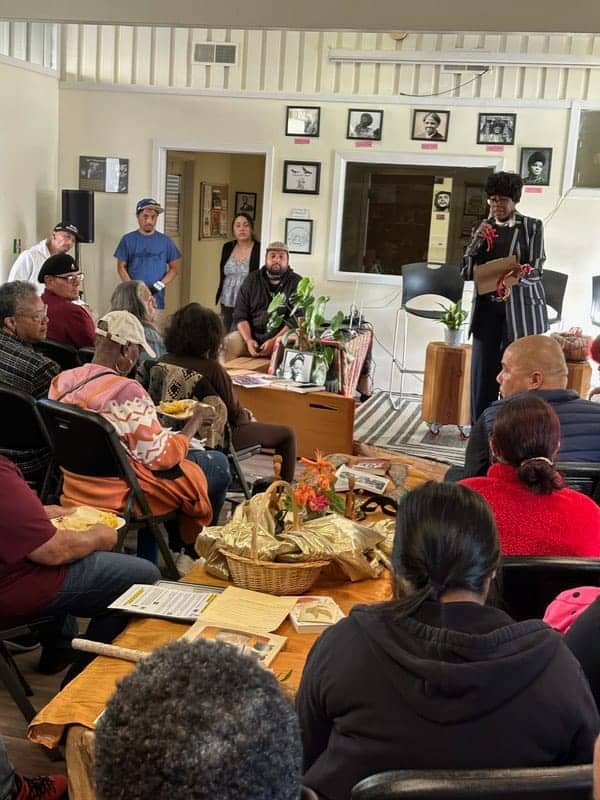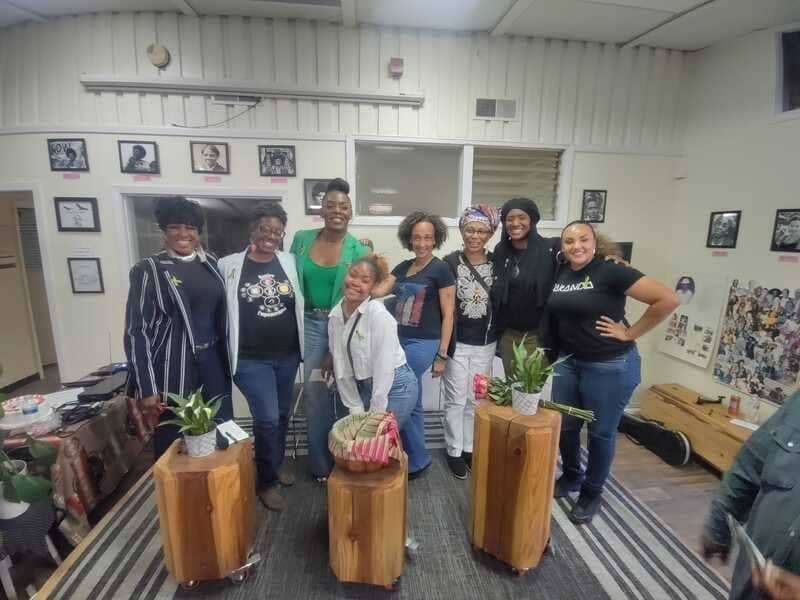
by Robbie Jackson
When sex trafficking is the topic, often we assume the victim is a woman or girl; and while they are considered a vulnerable portion of the Black community, our young boys seem to have a unique disadvantage as well.
The FBI’s National Crime Information Center (NCIC) database in 2018 released a report that lists 424,066 missing children under 18. Black children make up almost 37% of that total, even though Black children only make up about 14% of all children in the United States. Society historically has protected and preyed on women and children for the same reason, yet Black boys rarely are seen and/or noticed when in need. The new Ebony Alert was inspired to help find our missing women and children, but is it enough?
Of the over 1,500 missing person cases filed in the City of Oakland, 400 are for Black women. Recently during a town hall meeting held at the East Oakland Youth Development Center, Councilmember Treva Reid reported that Black men and boys account for about 500 missing persons cases in Oakland alone.
“I’m glad that Sen. Bradford pushed for the Ebony Alert. And I’m glad that Councilwoman Reid got the resolution passed in Oakland,” says Nola Bradley, CEO of Nola Bradley Speaks.
“But here is the thing: The Native American community has the Feather Alert, and it doesn’t stop their women and children from being murdered. Old people got a Silver Alert because they are old.
“Now here we come to the Ebony Alert for the Black people. So getting that alert in place is just the first step. Why do we have all these separate alerts? That’s the question. It’s because we have structural racism.”
But what does racism have to do with this? The answer: Everything. When it comes to missing children reports, you’ll find that only two factors are considered by police. The age of the child and the officer’s gut feeling.
Scary, I know, but it’s the truth. As a matter of fact when a child disappears, most police departments have a cutoff age for an investigation to be immediately launched. For example, in the state of Oregon, the age is 16 years old; but the age cutoff in California is 17, and this can vary per police station.
I did want to note that investigating officers can override age limits if they determine that special circumstances exist, such as the child is in immediate danger or health conditions. That means the fate of that child rests on that officer’s gut feeling and life experiences.
However they receive that initial family interview, it can determine so much. If their opinion of the child and the home environment isn’t great, which can be shaded by racial bias, that child may not get the help they need in the time frame they need it.
Should the officer in question believe one of the many stereotypes about Black people, the urgency required to properly and quickly investigate a missing Black child can be completely derailed before it even begins.
Multiple studies have shown that society views Black children as physically older than their chronological age, less innocent and more self-reliant than White children. This means that authorities often don’t view Black children as actual children but as runaways.
Adultification makes Black boys and girls more vulnerable to sex trafficking and sexual exploitation than their White counterparts. “If I was able to get the data in Oakland on everyone currently missing, I think I would find Black, Hispanic and Native kids would be the majority and white kids at the bottom.
“My goal is to use the missing Black kids as an opportunity to talk about structural racism because that’s what it all points back to,” Brantley added. This issue and battle against sex trafficking in the Bay Area is personal for Nola Brantley. Not only is she a dedicated advocate, but she is also a survivor of sex trafficking.
She intends to help not only women and girls but also the Black boys that rarely get attention for the right reasons. “When we first started pushing all this, we were talking about the missing women and girls. But guess what? There are more missing Black boys than girls. We always ignore our Black boys. We ignore them until they are killing someone.”

Through connections and networking, Nola has been able to find dedicated resources she keeps close to the hip just so she can aid any family with a missing Black child. Her efforts, while admirable, won’t be enough. It will truly take a village to protect our future.
It will take community work to truly provide the shield needed to allow our kids the space to grow and learn. Together we can gut punch an issue we dealt with for generations. Together we can be enough and so much more.
Robbie Jackson is a student in the San Francisco Bay View’s Community Journalism Class, which is funded by the California State Library.





